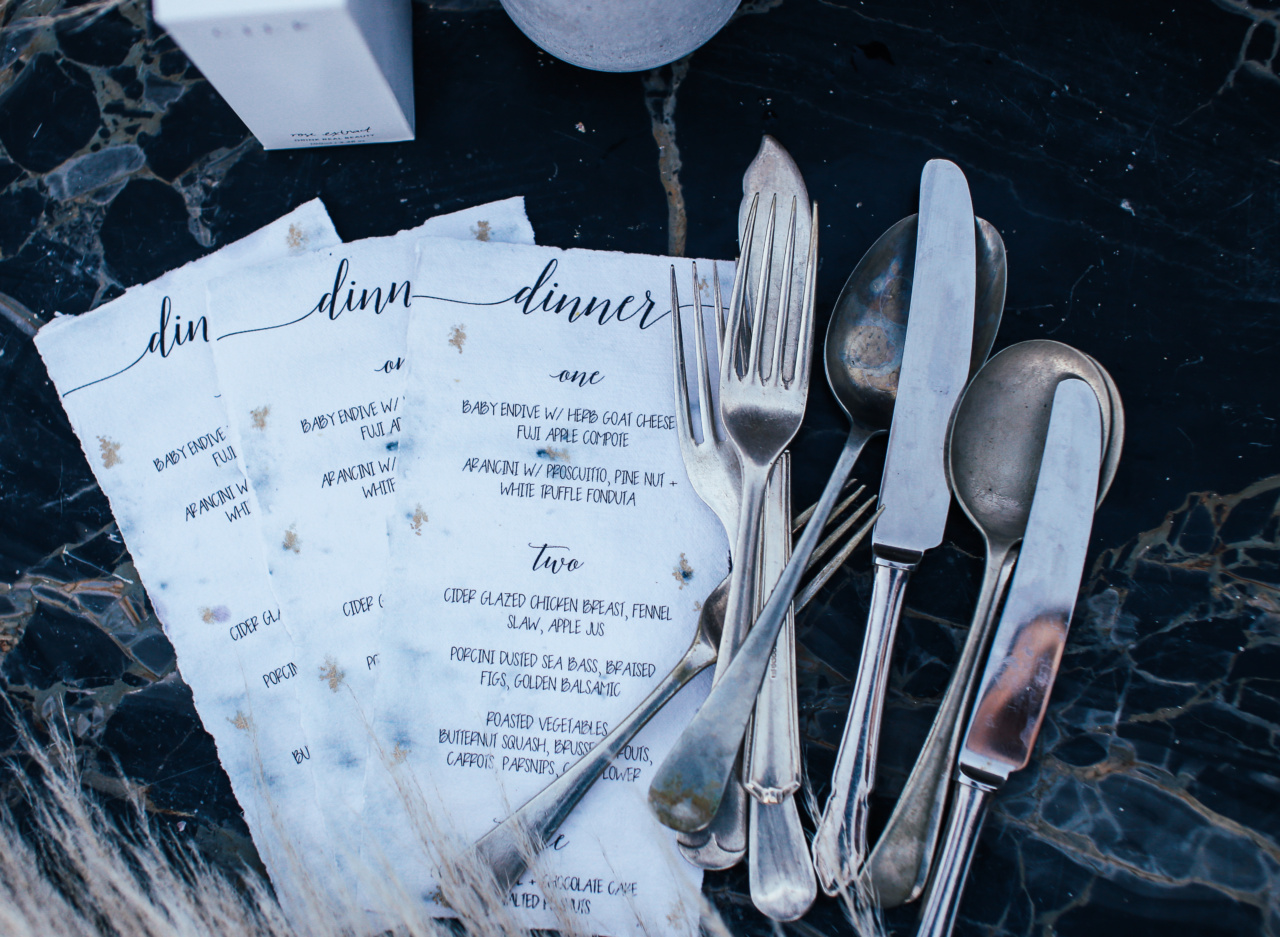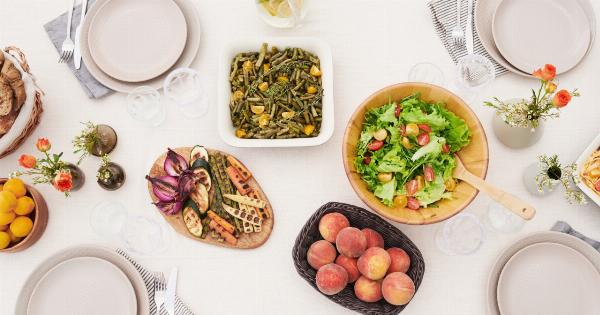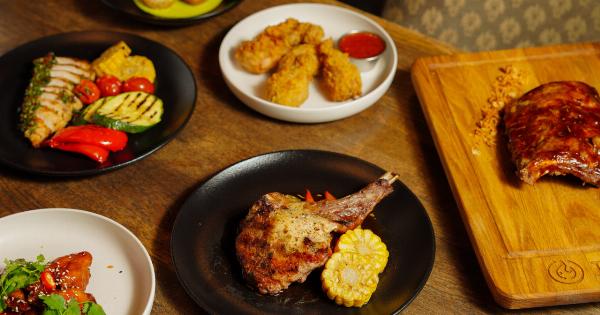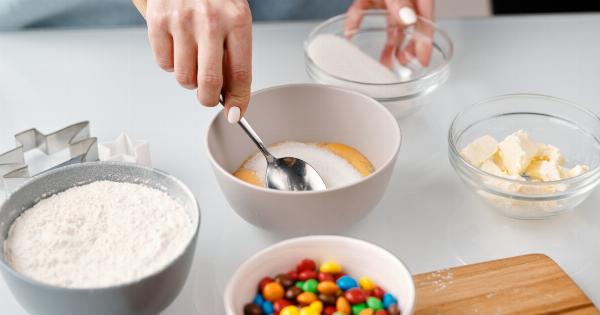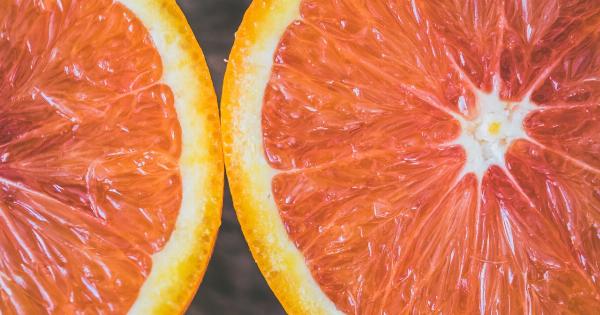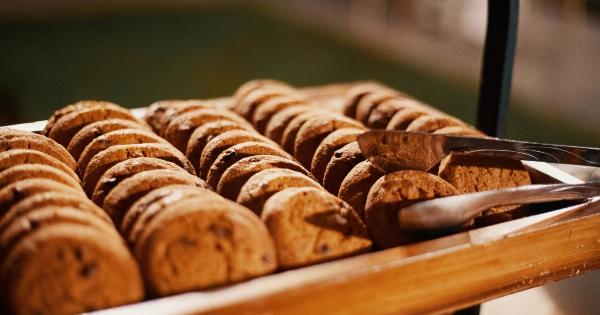When dining out at a restaurant, we often feel like treating ourselves to a delicious meal. However, what we may not realize is that restaurant menus are designed to tempt us into making unhealthy choices.
From clever phrasing to portion distortion, these sneaky tricks can sabotage our diets and derail our health goals. In this article, we will uncover some of the most common tactics used by restaurants to entice us into making calorie-laden choices without even realizing it.
The Art of Descriptive Language
Restaurants use language that paints a vivid picture of their dishes, making them sound incredibly enticing.
By using mouthwatering adjectives like “creamy,” “decadent,” “succulent,” and “rich,” they can make even the most unhealthy options sound irresistible. These adjectives bypass our rational thinking and tap into our emotions, overwhelming our senses and leading us to choose these indulgent dishes without a second thought.
Strategic Placement of Items
Ever wondered why some menu items are placed in specific locations on a menu? That’s because restaurants use strategic placement to draw our attention to certain dishes.
For instance, they often place high-profit items in prime spots like the top-right corner or in boxes or circles to catch our eye. These items may not necessarily be the healthiest choices but are strategically positioned to increase sales and boost the restaurant’s profits.
Deceptive Portion Sizes
Portion sizes in restaurants have significantly increased over the years. What was once a standard serving is now supersized, leading us to consume more calories than we need.
Restaurants often give us larger portions than we actually require, providing us with excessive amounts of food that trick us into thinking we’re getting more value for money. Be cautious of portion distortion, and consider sharing a meal or opting for smaller plates to avoid overeating.
Hidden Ingredients and Preparation Techniques
Restaurants often use unhealthy ingredients and preparation methods without disclosing them on the menu. High-calorie cooking oils, excessive salt, and hidden sugars are commonplace but are often overlooked by diners.
It’s essential to be aware of these hidden factors so we can make more informed choices. If you’re unsure about the ingredients or preparation techniques used, don’t hesitate to ask your server for more information.
The Power of the Prix Fixe Menu
Prix fixe menus, also known as set menus, offer multiple courses for a fixed price. While they may seem like a great value, they often include dishes that are high in calories and fat.
These multi-course meals can lead to overeating and make it harder to gauge just how many calories we’ve consumed. If you opt for a prix fixe menu, choose lighter options or consider sharing the courses to control portion sizes.
The Allure of Combo Meals
Combo meals are another common trap in restaurant menus. They typically offer a main dish accompanied by tempting sides and a drink, all at a relatively discounted price.
These combos may seem like a good deal, but they often encourage us to consume unnecessary calories from high-fat sides and sugary drinks. Consider ordering à la carte or choosing healthier add-ons to avoid the hidden calories in these combo meals.
Hidden Sugar in Beverages
While we often pay close attention to the food we choose, we may overlook the significant amount of sugar in restaurant beverages. Soft drinks, sweetened teas, and even seemingly innocent fruit juices can contain excessive amounts of added sugars.
Opt for water, unsweetened tea, or ask for your drink to be served without added sugar to avoid this sneaky source of empty calories.
The Bread and Butter Temptation
Many restaurants offer complimentary bread or rolls before the meal. While this gesture may seem innocent, it can easily sabotage our diets. These bread offerings are often calorically dense and packed with refined carbohydrates.
Indulging in bread and butter before the meal can add unnecessary calories, making it harder to stick to our health goals. Be mindful of the bread basket and try to limit your intake.
Saucy Dressings and Toppings
Salads are often considered a healthy option, but the dressings and toppings can turn them into calorie bombs. Creamy dressings, cheese, croutons, bacon, and sugary sauces can significantly increase the calorie content of a seemingly innocent salad.
Opt for lighter dressings or ask for them on the side to control the amount you use. Consider adding lean proteins or fresh vegetables to make your salad more satisfying without the excess calories.
The Temptation of Desserts
Restaurant dessert menus are expertly crafted to entice us into indulging our sweet tooth. From tempting photos to elaborate descriptions, desserts are often hard to resist.
Pastry chefs use a range of techniques to make desserts visually appealing, like drizzling sauces or garnishing with fresh berries. These tactics make it challenging to say no, and we often end up consuming hundreds of extra calories.
While it’s okay to treat yourself occasionally, consider sharing a dessert or opting for a healthier alternative like fruit to satisfy your cravings.
